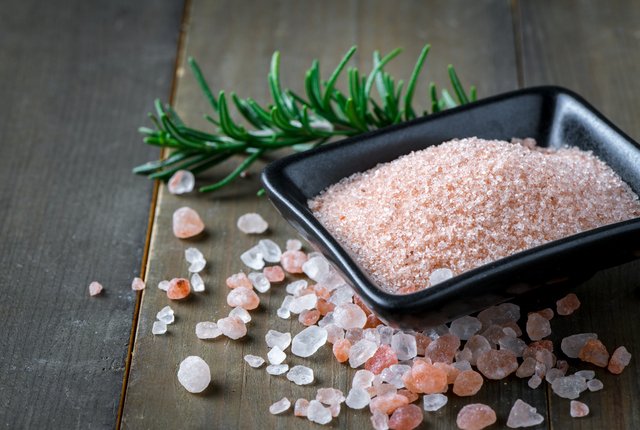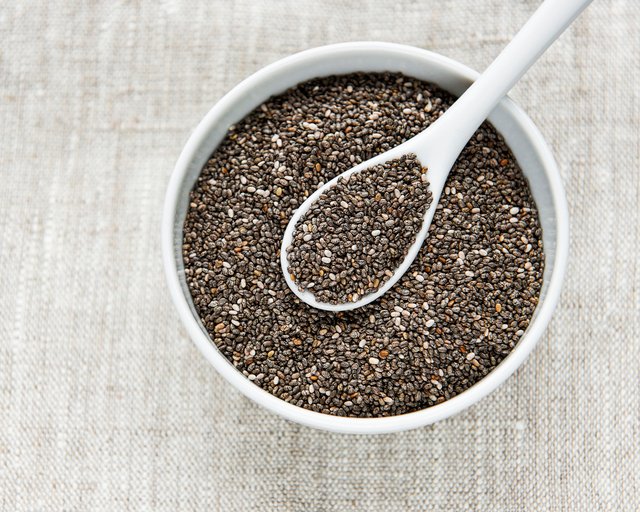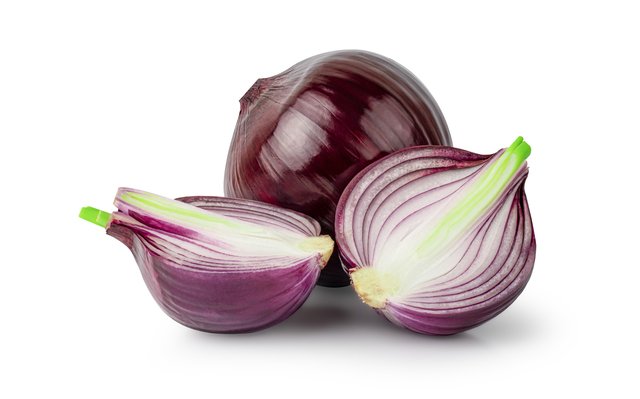Health Benefits of Himalayan Pink Salt That Nourish Your Body

Additionally 5 ways to bring down your salt admission
Pink Himalayan salt is moving on food websites. Legitimate salt is promoted by culinary experts. Ocean salt is all over the place. Are regular salts more nutritious than table salt?
You really want some salt consistently. This key mineral assists your body with adjusting liquids. However, so frequently, you wind up getting undeniably more than the suggested sum. We tapped enlisted dietitian Julia Zumpano, RD, LD, for the scoop about which salt is ideal.
Eating a lot of salt brings additional liquid into veins. This raises your pulse, expanding your gamble for coronary illness and stroke. Eating a lot of salt can likewise leave you feeling weighty and swelled.
The allure of options
No mystery a lot of salt is terrible for you. So choices like ocean salt appear to be enticing. Ocean salt is made by dissipating ocean water and contains no added substances. Makers sprinkle ocean salt generously on chips and pretzels and toss a “whiz” guarantee on the mark. Furthermore, we’re gobbling it up — in a real sense.
We’re additionally paying something else for genuine salt and raw, shaded salt. Like table salt, coarser legitimate salt is mined from salt stores yet seldom contains added substances.
Salts that are pink, red, blue or dim reflect minor elements in the salt stores where they were mined, from the Himalayan mountains to Hawaiian volcanoes.
So which is better?
All in all, are raw or less refined salts better compared to profoundly refined table salt?
The short response is: very little.
Regardless of where it comes from, salt contains a similar measure of sodium chloride, the guilty party behind so many coronary failures and strokes.
Likewise, table salt might be more refined, however it’s the main salt with satisfactory measures of iodine. You want this supplement for general wellbeing and, particularly, thyroid wellbeing.
Iodine lack can prompt goiter (monstrous enlarging of the thyroid organ). Adding iodine to table salt in 1924 halted the U.S. plague of goiter. Presently, the rising notoriety of ocean salt, fit salt and hued salt has a few specialists stressed that goiter will return.
Read more : Is a Vegan Diet Healthy?
How much is an excess of salt?
As per the U.S. Food and Medication Organization, Americans devour a normal of 3,400 milligrams of sodium each day. However we ought to consume something like 2,300 milligrams of sodium or one teaspoon each day.
Since 75% of the abundance sodium in American weight control plans comes from ready and handled food sources, the FDA has asked food organizations and cafés to bring down their sodium levels throughout the following 10 years.
In the interim, this is how you might bring down your sodium admission:
Keep away from handled food varieties. Anything that arrives in a container, pack or can or that is marked “speedy and simple” might be stacked with sodium.
Request that cafés hold the salt. While eating out, ask that food varieties be ready without adding salt and request low sodium menu choices.
Continuously read names. Really focus on soups and handled meats like shop meats, franks, hotdog and ham. They’re loaded with sodium.
Purchase without salt bites. Pick low sodium or salt free assortments of wafers, nuts or nibble food sources to crunch on. Consider normally salt free entire food varieties like yogurt, new natural product or vegetables.
Flavor food varieties with herbsspices, new garlic or onion. Hold the salt. Spices won’t raise circulatory strain, and many have mitigating benefits.






